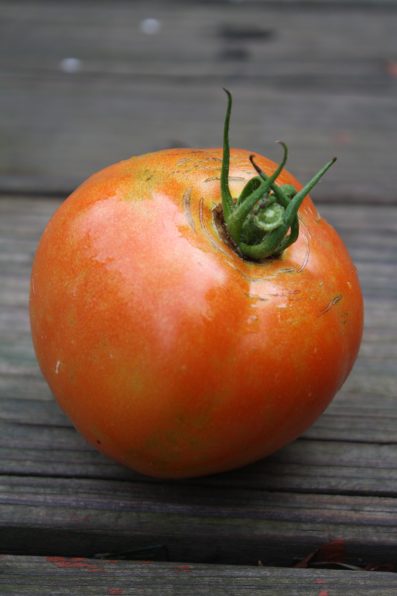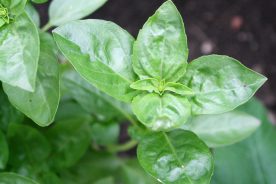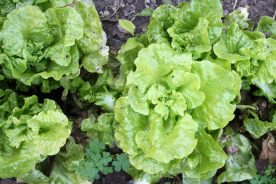When your summer garden gives you a kitchen full of vegetables and fruits it can be overwhelming to try to use it all before it spoils. Preserving your produce to use at a later time is often the result. But what method to use? Canning, drying, pickling, or fermenting are all options. The most popular, and sometimes easiest method is freezing. Freezing extra vegetables can prevent food waste and help save you money.
Equipment
Most vegetables will need to be partially cooked before freezing. To do this you will need a large pot or kettle, wire basket or skimmer (to lower the vegetables in the water), and colander.
Containers to store the prepared food in should be moisture-proof, able to withstand freezing temperatures, air-tight, and able to seal. Air inside the container will cause the food to discolor and may change the flavor. Liquids should be held in rigid containers, usually plastic. Glass jars are not always tempered for cold and expanding liquids may cause them to crack. Solid or dry-packed food can be held in plastic freezer bags, foil, freezer paper, or plastic wrap.
General Steps
Use the best-quality produce available for best results. Freezing won’t enhance the flavor of produce, so start with the best. If you can’t freeze the vegetables and fruits soon after harvest store in the refrigerator. Begin by rinsing and drying the produce in cold water; don’t soak it. Prepare the fruits and vegetables as desired. This may involve peeling, pitting, or skinning.
Vegetables
Vegetables (and some fruits) should be blanched to stop the naturally-occurring enzymes that help food grow and ripen. These enzymes continue to work after the vegetable has been picked leading to changes in the color, texture, nutrition, and flavor of the vegetable. Blanching and cooking stop this process.
Start by bringing a large pot of water to boil. Lower the vegetables into the water with a wire basket or skimmer. The amount of time will vary depending on the vegetable. Don’t add too many vegetables at once or you’ll lower the water temperature. Try for the ratio of one pound of veggies to one gallon of boiling water.
Fill a large bowl or your sink with ice water. When the time is complete remove the vegetables from the boiling water and add to the ice water. This will stop the cooking process. Leave the vegetables in the ice the same amount of time it was in the boiling water then drain. The vegetables can now be added to the freezer container and stored. Be sure to remove as much air as possible from the container before sealing.
Fruits
There are three methods for freezing fruits, dry pack, water or syrup pack, and sugar pack. Dry pack is best for whole fruits such as berries. Simply pack the fruit into the container and freeze; do not add sugar or liquids. For best results place berries in a single layer on a cookie sheet and place in the freezer. When berries are frozen transfer to freezer bag. By freezing berries individually they are freezing quicker which produces smaller ice crystals resulting in less damage to cellular walls. As a result the thawed fruit is not as mushy.
Fruits that discolor, such as apples and apricots, should be frozen syrup or water. Softer fruit such as strawberries and peaches do best when frozen with sugar. Start by adding the fruit to the container. Top with sugar or liquid, leaving a headspace of one inch. This allows the frozen food to expand without breaking the container.
Syrup can be made by mixing sugar and water in saucepan and heated until sugar dissolves. The ratio will vary depending on how thick of a syrup you want. For a thin syrup mix 1 cup of sugar and 4 cups of water. A thick syrup can be made with 4 cups of sugar and 4 cups of water.
Clean the rim of the container and seal, removing as much air as possible. Label the container and freeze. Leave about a one inch space around the containers for airflow. Once the food is frozen then bags and containers can be stored closer together.
Tips and Considerations
Don’t overload the freezer with too many bags and containers at once. This will increase the temperature of the freezer making the food take longer to freeze. When food is frozen the water inside forms crystals causing the cell walls to break. This results in mushy food when thawed. If food is frozen quickly, smaller crystals form resulting in firmer food when thawed.
Vegetables and fruits should be used within 10 months. Vegetables are best cooked from the frozen state. To thaw fruit, remove from freezer and allow to thaw in the refrigerator or in a bowl of cool water on the counter.






No Comments